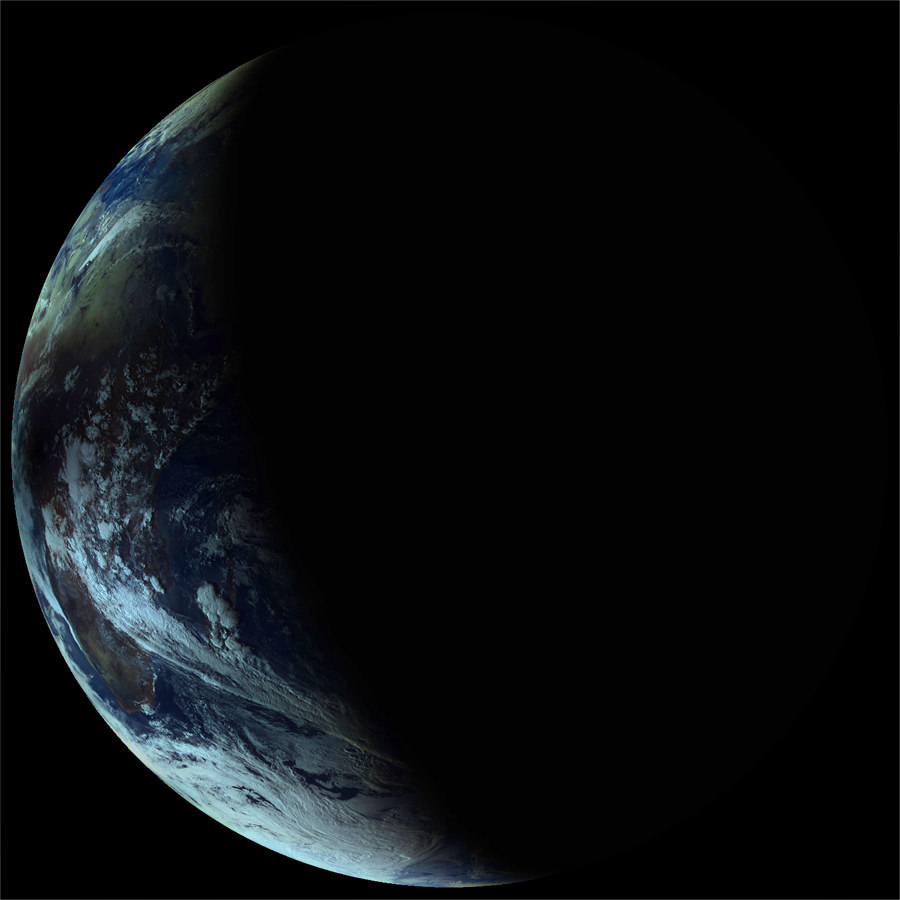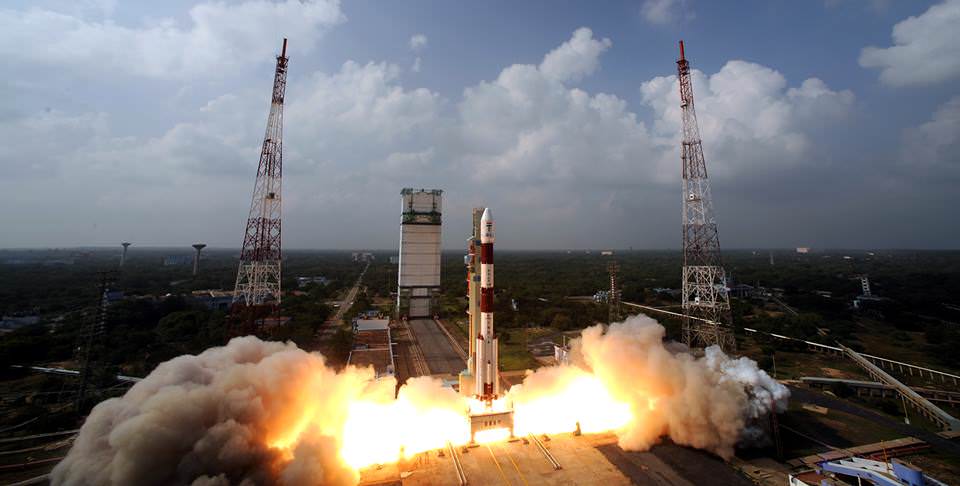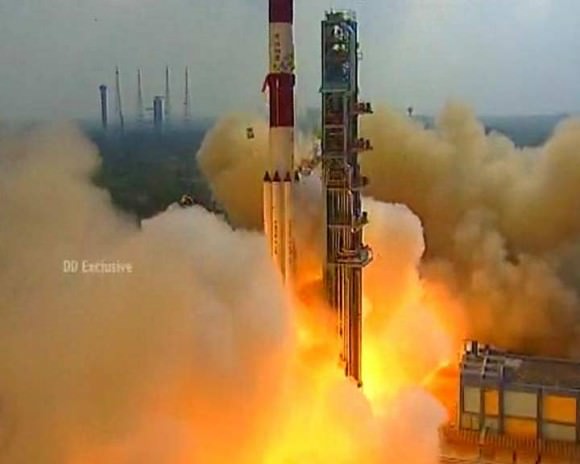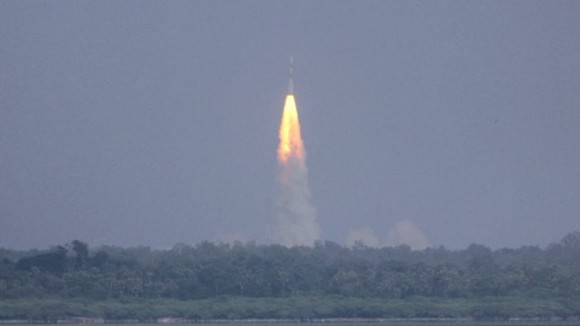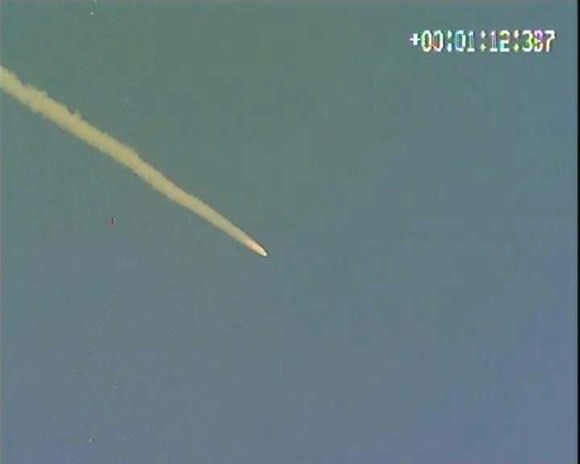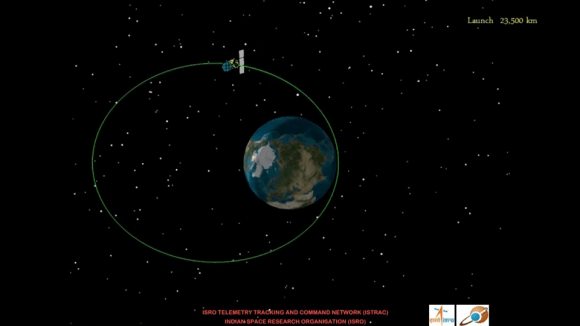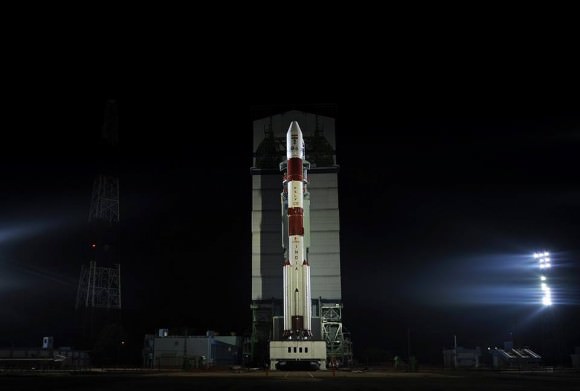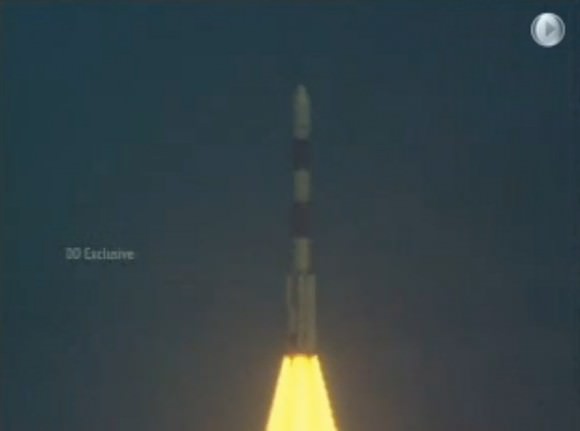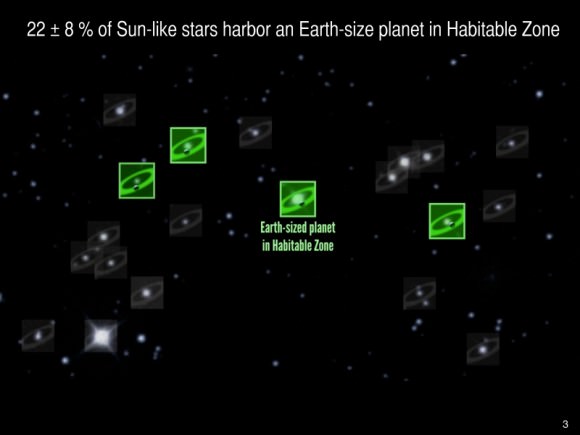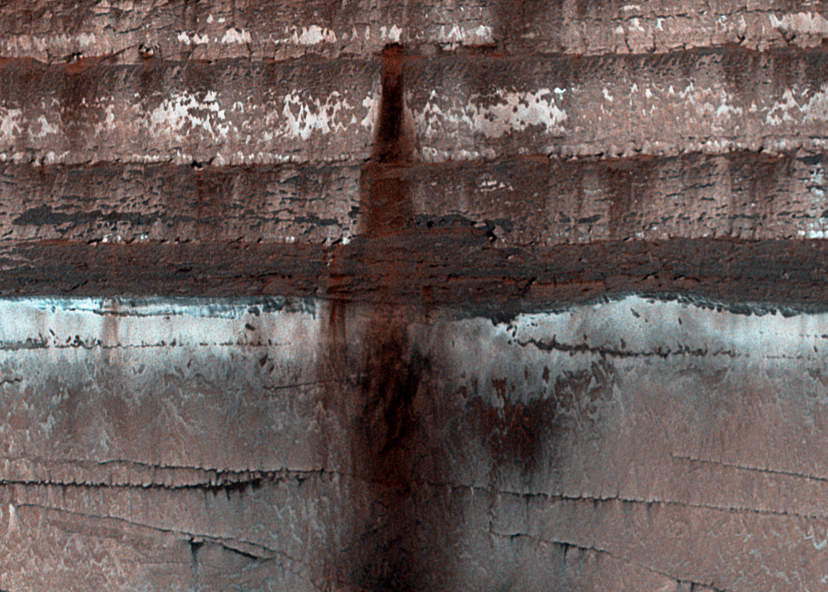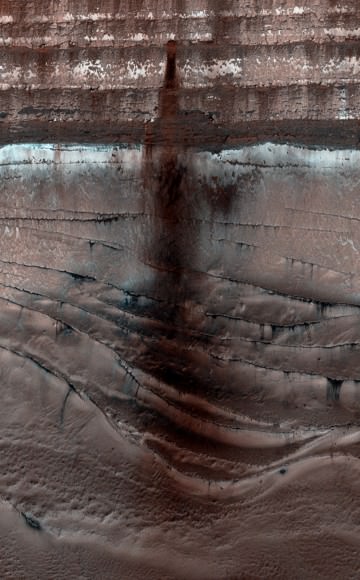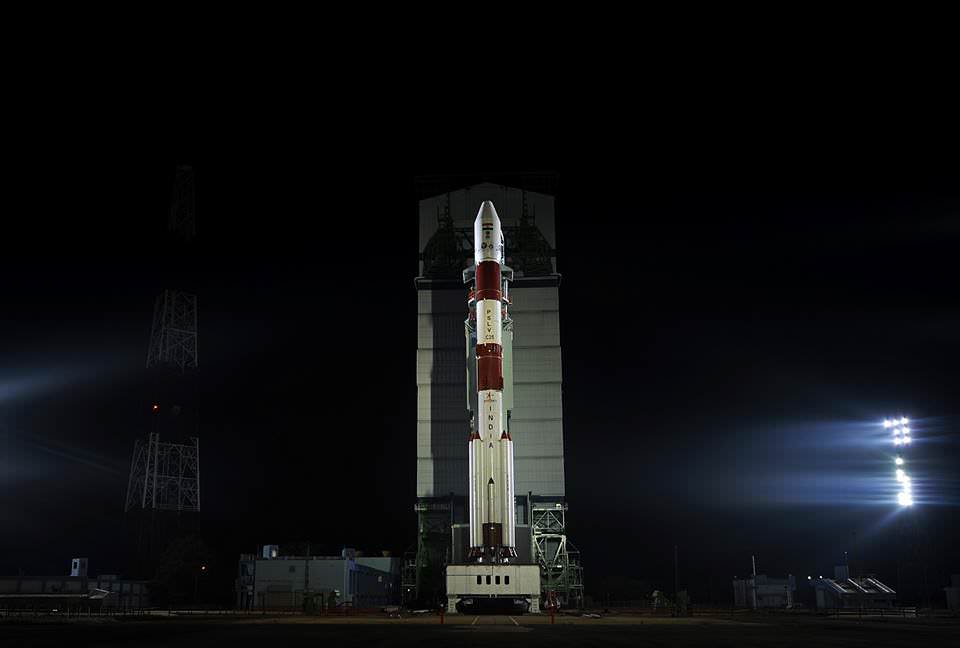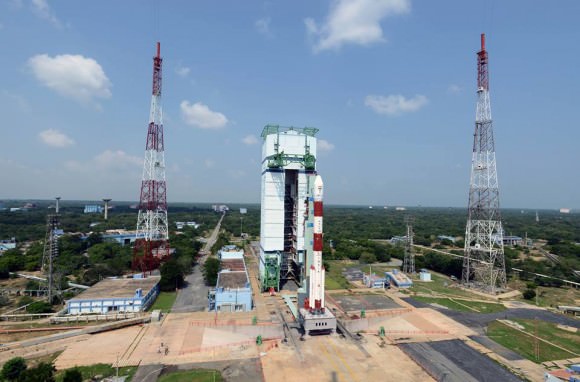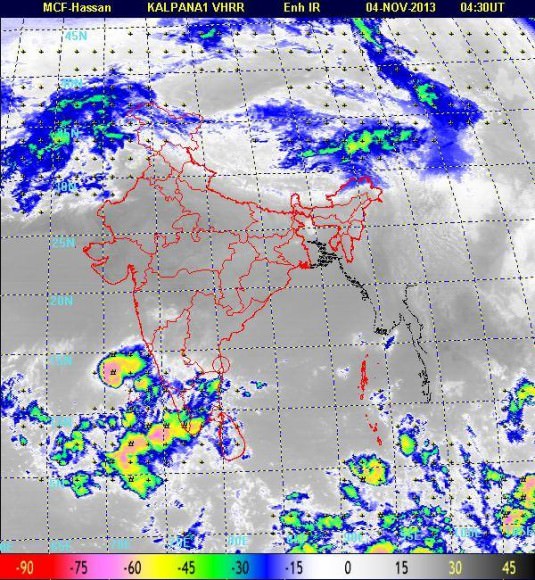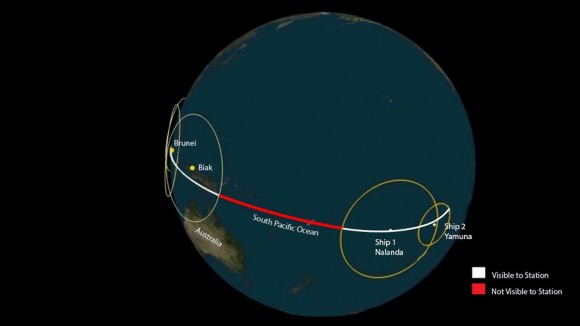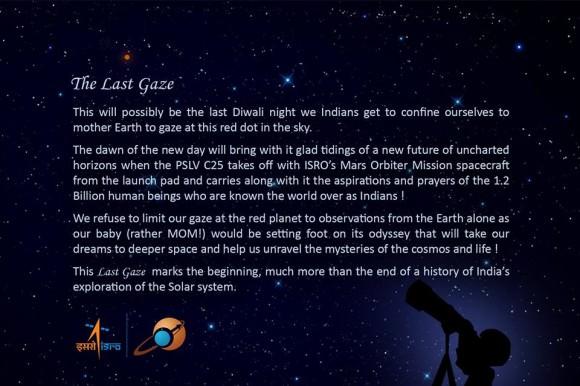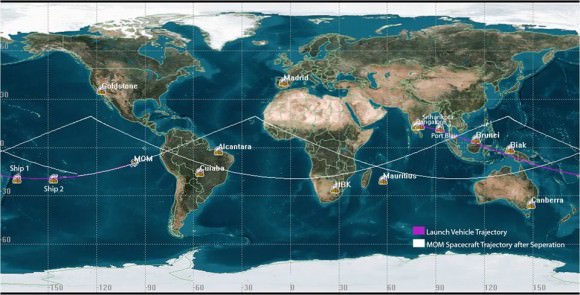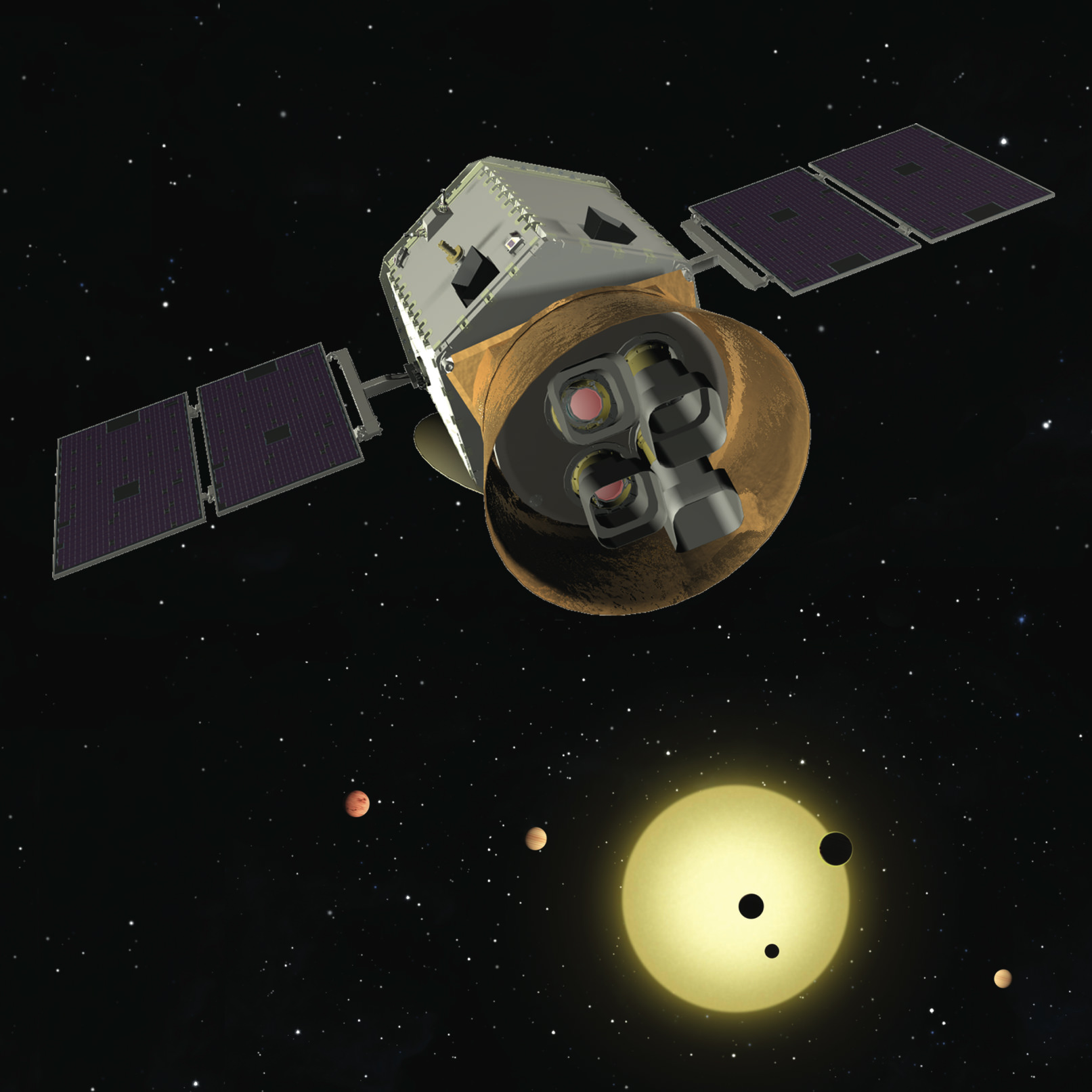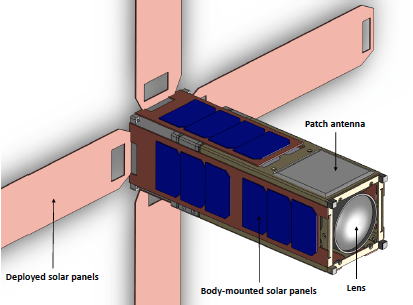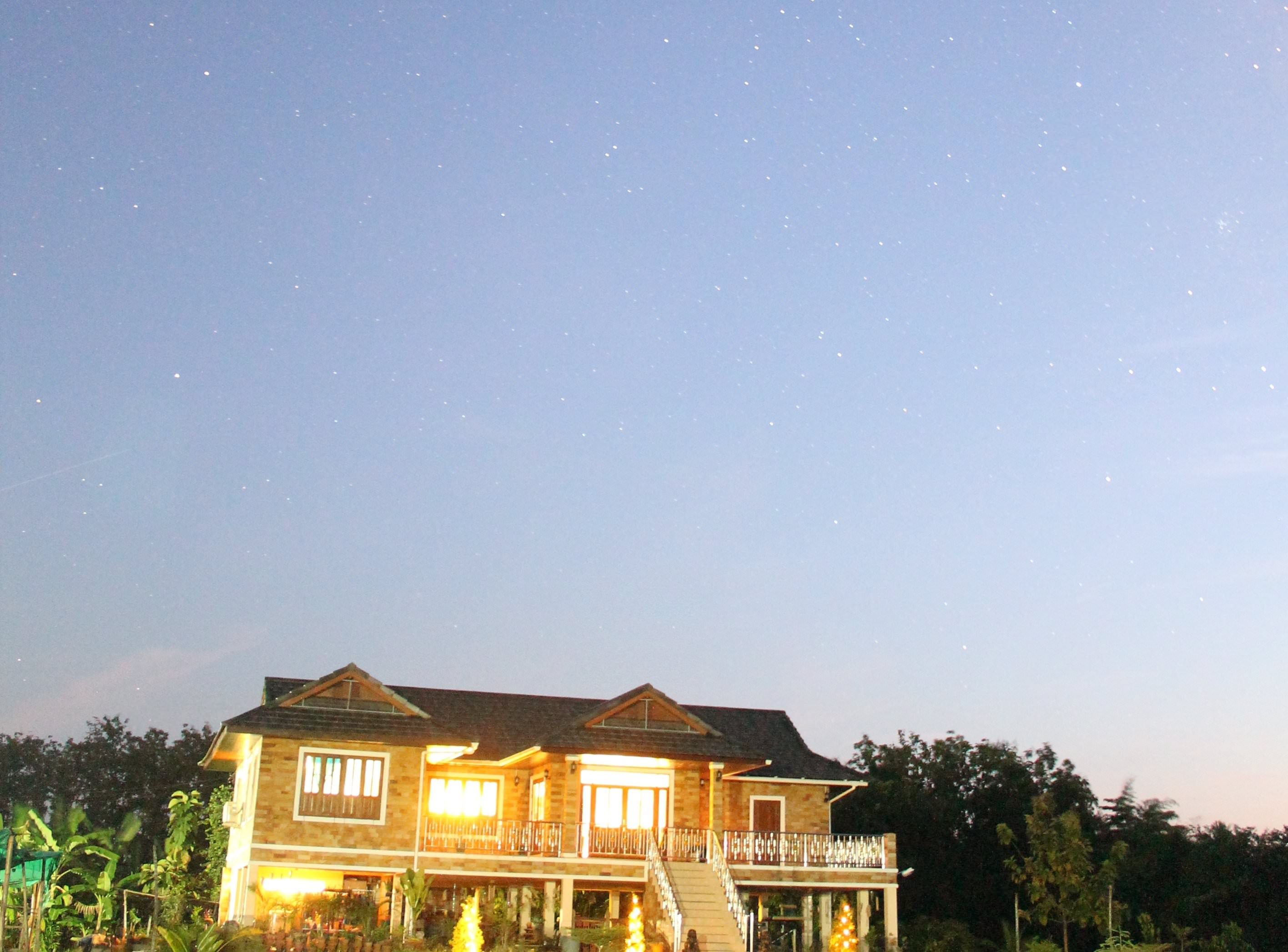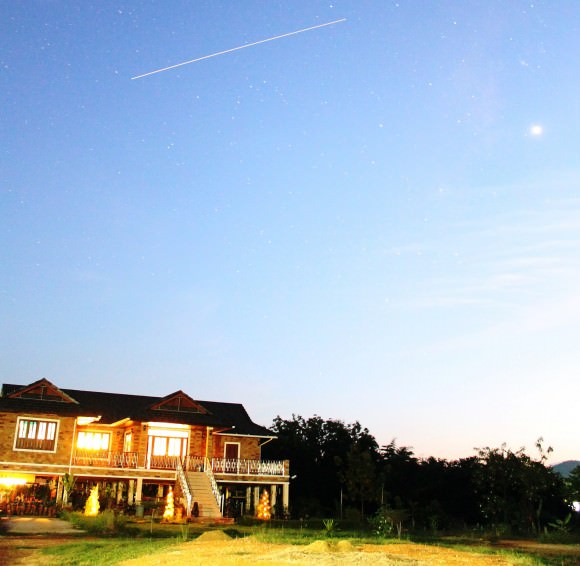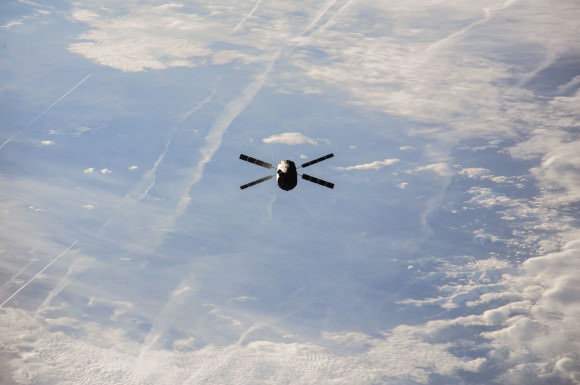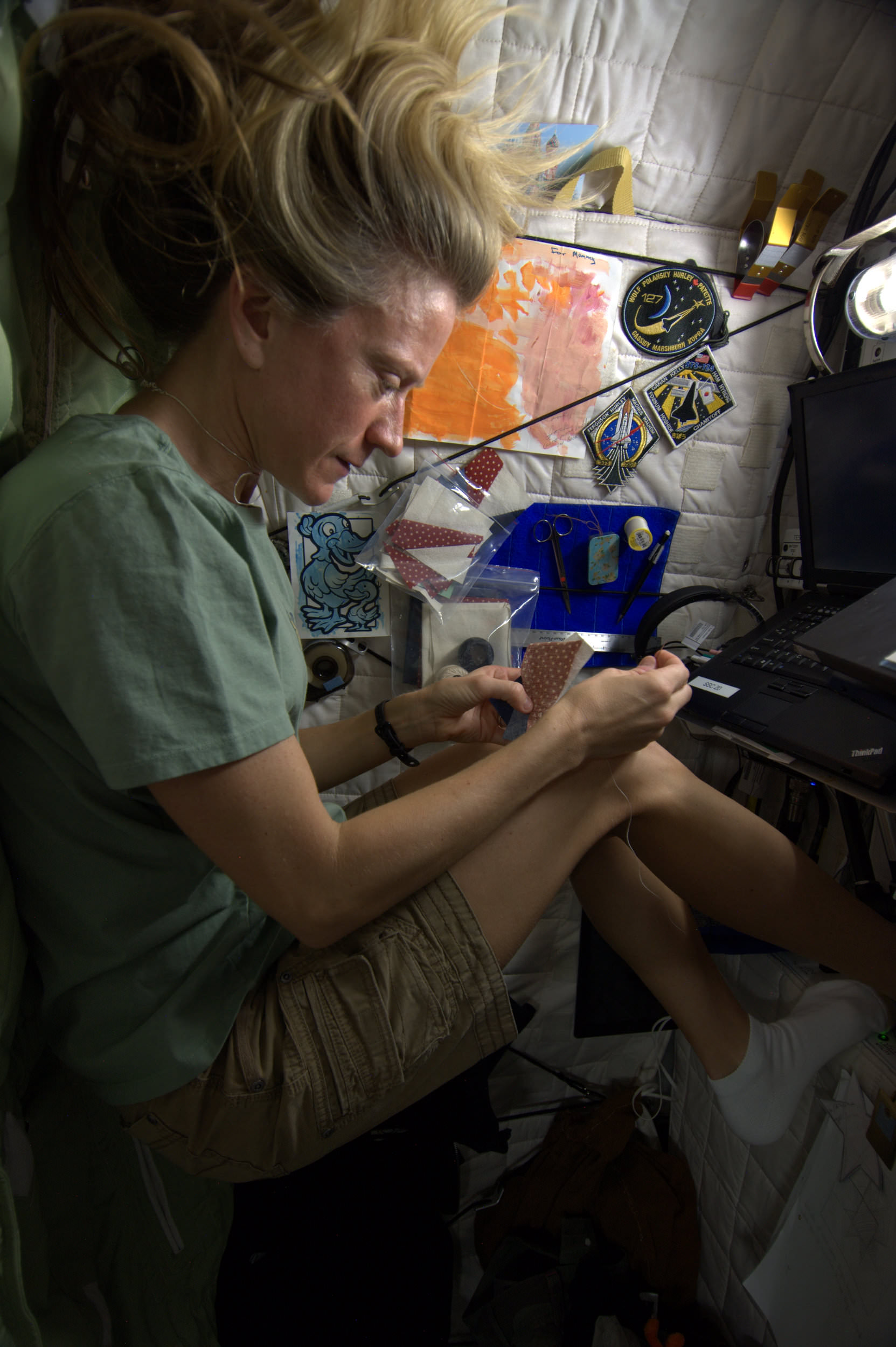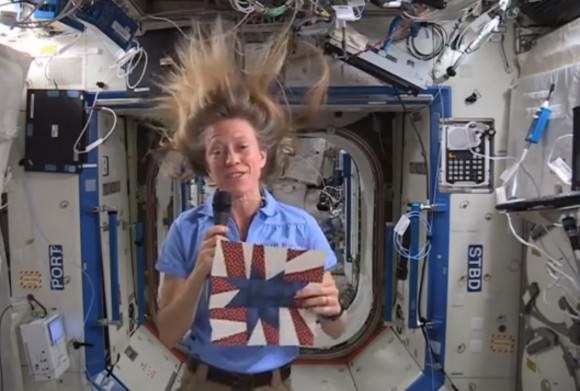The final eclipse for 2013 was a grand event, witnessed across the Atlantic and the heart of Africa this past Sunday. Like so many other photographers along the North American east coast, we were at the ready to greet the partially eclipsed Sun at dawn. And as the shadow of the Moon touched down, teams on land, air and sea were ready to meet with the fleeting umbra as it raced eastward towards sunset over the Horn of Africa region.
But a fleet of spacecraft were also on hand to witness the rare spectacle as well. Turned earthward and sunward, these spacecraft documented not only the passage of the Moon’s shadow over the Earth, but recorded multiple partial solar eclipses from orbit as well.
The first view comes from the Roscosmos Electro-L satellite based in a geostationary orbit over the Indian Ocean:
Electro-L had captured such a view before, during the annular eclipse over Australia earlier this year in May. Roscosmos increased the frame capture rate of Electro-L to twice its usual speed for the sequence. As you watch the Earth pass from a waning gibbous to crescent phase, you can just see the umbra, or central shadow of the Moon, slide into view and come into contact with the sunset terminator over eastern Africa. You can also see the cloud cover that marks the dust storms that plagued eclipse-chasers based around the Lake Turkana region in Kenya.
One of the first public pictures of the umbra of the Moon as seen from space was taken from the Mir space station during a total solar eclipse in 1999. To our knowledge, such a feat has yet to be duplicated aboard the International Space Station. The phase angle of the ISS’s orbit during the eclipse was nearly perpendicular to the Sun-Moon-Earth syzygy, and unfavorable for this particular eclipse.
Thanks to the Russian journalist Vitaliy Egorov for bringing the Electro-L eclipse sequence to the attention of Universe Today!
Next up is a sequence of images from NASA’s Aqua satellite:
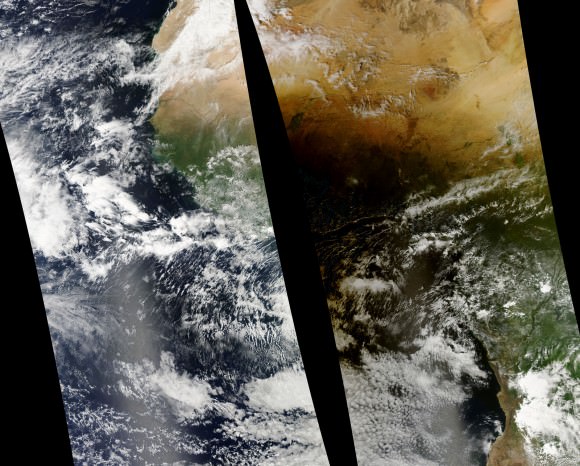
Launched in 2002, Aqua is part of the “A-train” (as in “Afternoon”) constellation of Earth-observing satellites. Perched in a low-Earth Sun-synchronous orbit, Aqua caught sight of the umbra of the Moon at around 14:45 UT on Sunday, November 3rd as it raced to make first landfall over the nation of Gabon and awaiting eclipse chasers.
Some Sun observing spacecraft caught sight of the eclipse as well. The European Space Agency’s Proba-2 nabbed three partial solar eclipses from its vantage point in low Earth orbit:
PROBA-2 used its SWAP imager to grab the sequences. Orbiting the Earth once every 99 minutes or 14.5 time a day, these “orbital eclipses” are quick, lasting about 10 minutes each in duration.
Finally, EUMETSAT’s MeteoSat-10 meteorological satellite based in a geostationary orbit over Africa captured an outstanding sequence, showing nearly the entire trek of the umbra across the entire path of the eclipse:
The sequence runs from 7:30 to 18:30 UT on November 3rd. Note how the video shows the shadow fade in and sharpen as the eclipse touches down off of the US East Coast and intensifies from an annular to total along the first 15 seconds of its track, only to speed up and flatten towards sunset over Africa. And all in six seconds!
And back here on Earth, we couldn’t resist stitching together the bounty from our own minor eclipse expedition for a stop-motion view of the partially eclipsed Sun rising over the Vehicle Assembly Building at the Kennedy Space Center in Florida:
We’d like to also mention a photo that isn’t a “solar eclipse seen from space…” Y’know the one, which shows the Earth, the Moon’s shadow, and a totally-eclipsed Sun, against a star dappled Milky Way. We won’t dignify it with a link. This has already been debunked by Bad Astronomer himself Phil Plait, but the bogus pic now seems to make its rounds across ye’ ole Web now during every eclipse. Seriously? Do we all crave “link juice” that bad? There are lots of real awesome eclipse photos out there, from Earth & beyond! Please, do your part to tell that well meaning friend/coworker/relative/stranger on Twitter that this “ultimate eclipse photo…” isn’t.
How rare are hybrid solar eclipses? Well, the next solar eclipse that is both annular and total along its track occurs over southeast Asia on April 20th, 2023. It’s interesting to note that this past weekend’s eclipse may have been the first sunrise solar eclipse over the VAB since it was built in 1966. Eclipses in the same 18 years and 11 days- long saros cycle repeat, but move about 120 degrees westward. Thus, follow an eclipse cycle through a “triple saros”— known as an “Exeligmos,” an ultimate scrabble word if you can land it on a triple word score! —and an eclipse’s geometry will roughly line back up over a 54 year 33 day long span. Saros 143 produced a an eclipse crossing a similar path on October 2nd, 1959 (before the VAB was built!) and will repeat its Atlantic sunrise performance on December 6th, 2067! Let’s see, by then I’ll be…

